Are you looking for a contractor?
Submit our quick form and get quotes now!
Table of Contents
6 min read
What Is the Difference Between French Drains and Other Residential Drainage Systems?
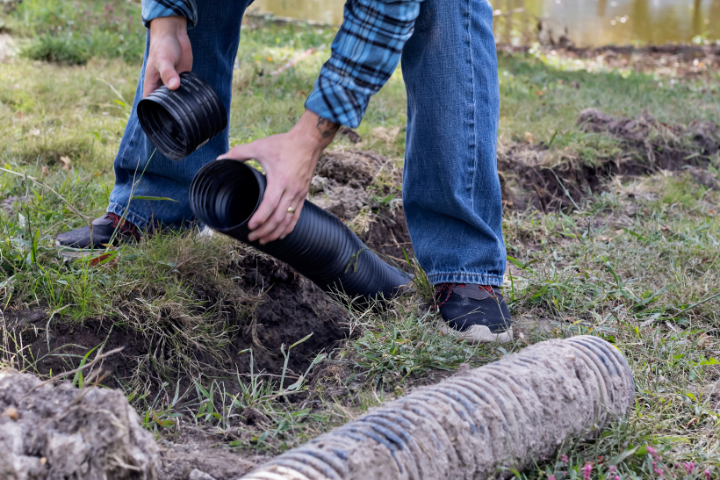

6 min read
What Is the Difference Between French Drains and Other Residential Drainage Systems?
Exterior renovationsWhat Is the Difference Between French Drains and Other Residential Drainage Systems?
In a fictional world made up solely of residential drainage solutions, the French drain is the epitome of all systems, distinguished by its features and efficiency. This article will focus on the key differences between a French drain and other commonly used home drainage solutions. Understanding the differences is crucial to efficiently manage water around the perimeter of your home and prevent moisture problems. Uncover which drainage system best suits your residential needs.
The Basics of Residential Drainage
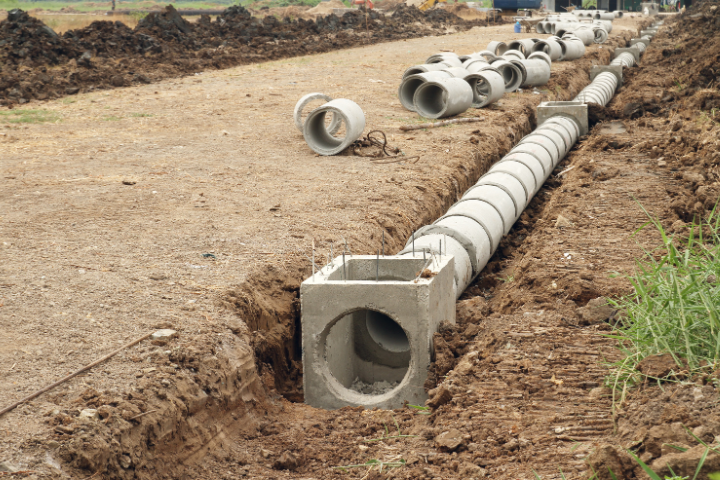
The Purpose of Drainage
Installing a French drain has a single purpose: to redirect stormwater away from the perimeter of a structural foundation. However, this type of drainage system prevents several other negative ramifications to your home’s foundation:
Water infiltration
Mould
Cracks
Hence, a French drain is indispensable for maintaining a structurally sound foundation.
What types of drains are most used for homes?
Foundation Drain
Foundation drains come in twos:
French drain
Interior drain
In either case, it’s an underground drainage system levelled with the foundation’s footing. A French drain is installed along the exterior foundation wall, whereas an interior drain is located directly beneath the concrete slab, alongside the interior face of the foundation wall.
They both serve the same purpose: redirecting water beneath the house to prevent stagnant water build-ups, thereby protecting the house’s structure.
Percolation Trench
It's a trench that's excavated from the dwelling to a sump pit or septic tank. It’s also connected to the property's gutter system, allowing water to be evacuated far enough away from the foundation.
To prevent flooding, the percolation trench, which lines the structure in a downward direction, redirects stormwater from the gutters away from the property.
Storm Drain
A storm drain is typically U-shaped, sometimes V-shaped, and channels water toward a sewer system. It’s often covered by a plastic or steel grate that allows a pedestrian (plastic) or vehicle (steel) to cross over.
A storm drain will often be installed to redirect stormwater away from a garage or deck.
Floor Drain
Not as commonly used, but especially practical in the event of a water heater leak. Floor drains are installed in the floor to drain water in the event of a water heater break.
Instead of having extensive water damage, the floor drain will channel the water directly to the sewers. Thanks to such a drain system, the only problem you’ll have to worry about is figuring out how to fix your water heater.
To prevent foul smells emanating from sewers from filtering through your home, this type of drain has a trap which you can regularly fill with water.
Roof Drain
A roof drain, connected directly to your home’s pipework, is a feature on all flat roofs. As such, stormwater channelled through this system is redirected toward the sewers instead of stagnating on the rooftop.
To maintain a functional drain, you have to regularly clean the stainless steel grate that protects the pipe's opening. Neglecting to do so could prevent water from draining properly and damage the roofing, subsequently resulting in water leaks.
Underground Drainage: The French Drain

What is a French drain?
A French drain is nothing less than a sloped trench in which a perforated pipe is laid, covered by a geotextile membrane and gravel.
It has a pretty straightforward purpose: It channels water, due to gravity, away from your property or foundation to a far-away area.
This drainage system allows your yard to dry faster and prevents stagnant water-related issues. The French drain is so efficient that it has been mandatory for all constructions in certain Canadian provinces, such as Quebec, since 1955.
5 Benefits of a French Drain
Prevents leaks resulting from water build-ups
Prevents moulding
Avoids putting pressure on the foundation
Mitigates the risks of cracks
Redirects water to a specific area
How to Build a Surface Drain for Your Home
As we already mentioned, installing a French drain has been made mandatory by select provincial Building Codes. The regulation also states that the French drain must be positioned beneath the concrete slab. The only issue with this practice is, according to the APCHQ (Quebec’s Home Builders’ Association), that it’s counterproductive as it allows water to pool beneath the slab.
Therefore, a French drain must be installed at the base of the footing and adhere to the following characteristics:
Minimum diameter: 4 in (100 mm)
Protective layer: 6 in (150 mm) of crushed stones (or clean gravel)
Backfill devoid of pyritic shale or crushed stones smaller than 5/32 in (4 mm)
To prevent soil or crushed stone particles from penetrating the drain pipe, we suggest covering it with a filter fabric.
The pipe’s end that happens to be positioned at the bottom of the slope must be connected to either a stormwater sewer or a sump pit (which is eventually channelled into a septic tank).
Also, note that if your home is built on humid ground, you’ll need to add lateral drains beneath the concrete slab. These drains will prevent water from building up under the slab, creating a hydrostatic pressure capable of damaging the slab’s structure.
Lastly, let it be said that the pipe used for drainage doesn’t have to be made of stainless steel. It can be:
Terracotta
Corrugated plastic (agricultural drain)
PVC (BNQ drain)
How much does it cost to install a French drain system?
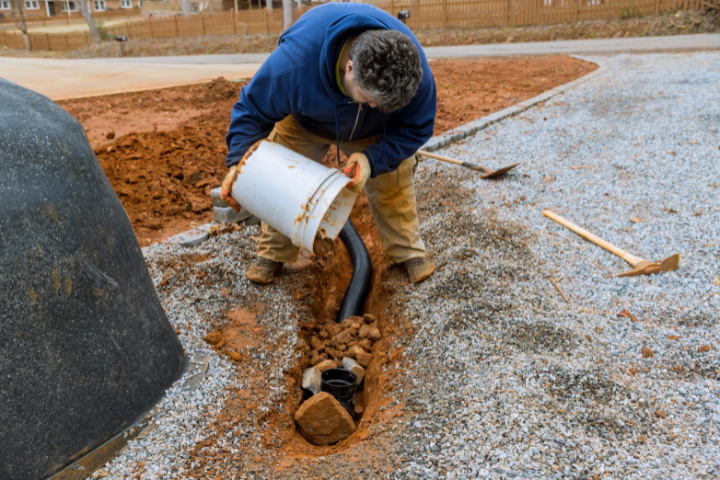
Consider either of these two situations:
The drain is installed with the foundation
The drain is added or replaced thereafter
How much is it to add drainage to land with a foundation?
Between $1,000 and $10,000. The gap may seem rather substantial, but note the characteristics of your property:
Surface
Complexity (e.g. slope of the land)
Drainage type
Labour
For example, if you’re building a French drain in a phreatic-adjacent zone, you’ll have to hire an experienced professional. In other words, an engineer. The reason for that is simple: A French drain won’t suffice to fix moisture-related issues.
How much is it to repair an exterior drain?
French drains won’t last forever. After a few decades of channelling stormwater, the drain may clog as a result of a build-up of solid particles or tree roots.
Such unfortunate occurrences will happen roughly 25 years after it’s originally installed, which happens to be the service life of a drain. If your home is rather old, it’s highly likely that the stainless steel pipe that was installed was never protected by a geotextile membrane. For homes built before 1960, it may be even worse. You may simply not have a drainage system. In such a case, putting in or renovating a French drain next to an already-built structure will cost between $15,000 to $24,000. Is it worth the money? The answer is yes, as moisture from the foundation will result in the following:
Mould-covered walls
Water-marked floors or slab
Rotten framework timber (wood in direct contact with the slab)
Efflorescence on foundation walls
For more information, check out our article When Should You Replace a French Drain?
French Drain vs. Other Systems
Understanding the difference between a French drain and other residential drainage systems is crucial to effectively managing water surrounding your home. The French drain, with its tailored design and ability to channel water away from structural foundations, is a one-of-a-kind solution to mitigate moisture and soil saturation issues. Generally speaking, choosing the right system means considering your land’s specificities, climate inherent to your area, and water drainage challenges. By selecting a drainage system tailored to your needs, you’re further ensuring the durability of your home, as well as your safety, by preventing moisture-related or water infiltration problems.
Get 3 quotes for your renovation project
RenoQuotes.com can help you get quotes from a general contractor. By submitting your project, we’ll put you in contact with top-rated contractors. Fill in the form on the homepage (it only takes a few minutes) and get estimates from trusted professionals.
Dial 1-844 828-1588 to speak with one of our customer service representatives.
Last modified 2024-01-19
Looking for something else?
Related articles
The latest industry news, interviews, technologies, and resources.
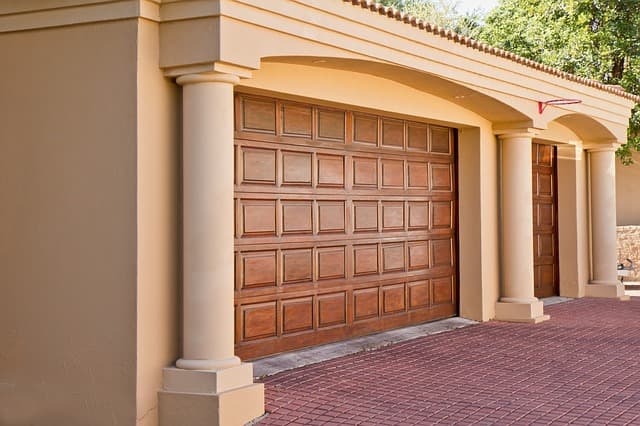
N/A • 07 Nov 2023
Arriving home at the end of a long day of work will have any homeowner looking for ways to make their life easier. An electric garage door is one of the ways that can simplify life, allowing your car to glide into the garage with the touch of a button. However, as with any form of technology, there is plenty to consider before going forward with this purchase.
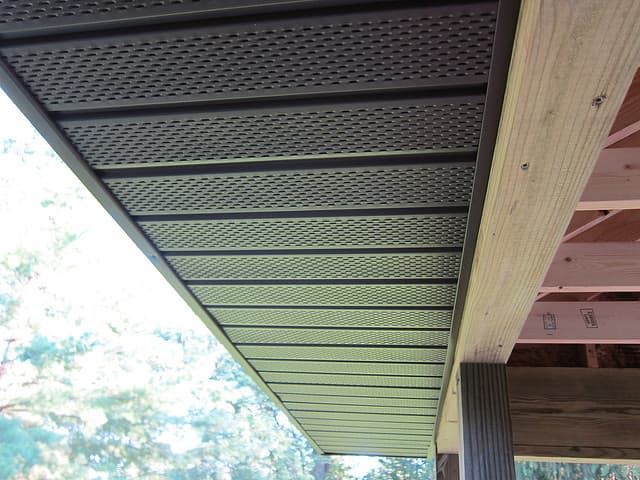
Léa Plourde-Archer • 07 Nov 2023
Visible when we lift our eyes to the upper part of the exterior walls, soffits are not only there for aesthetical purposes. Their perforations also serve to ventilate the attic. Understanding the purpose of a soffit will help you realize how important they are. If you do not already have this type of material on your house, you may want to consider whether they would be a welcome addition. All the more so considering that they are quite easy to install.
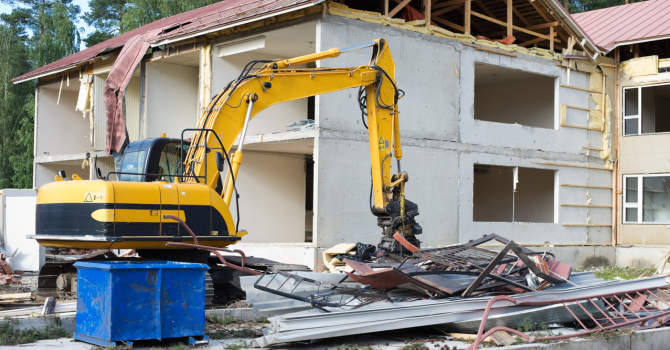
N/A • 07 Nov 2023
It might take years to find your dream home, especially as neighbourhoods continue to develop and are becoming overcrowded. Maybe you’ve found the perfect spot, but the house itself isn’t quite what you’d envisioned. Have you considered demolishing it? Demolishing whole homes or parts of its interior would allow you to take the land that you want and build upon it your dream home. Of course, these projects come at a cost...so what is it?
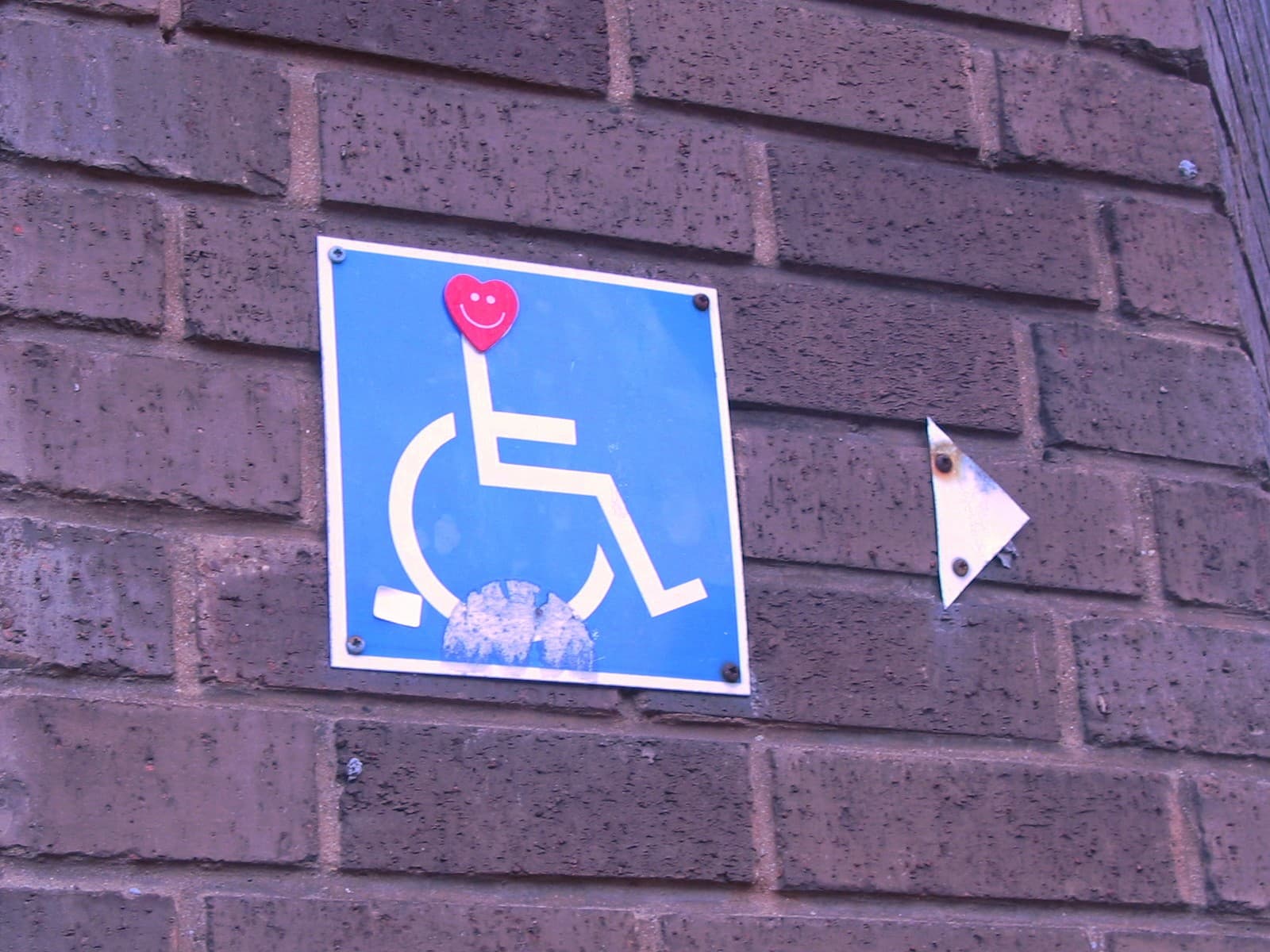
Cynthia Pigeon • 07 Nov 2023
Perhaps you’re the victim of an accident that’s left you temporarily or permanently disabled. Maybe you're thinking of adapting your staircase for an individual experiencing a loss of autonomy. Perhaps your child with limited mobility is ageing and seeking independence…
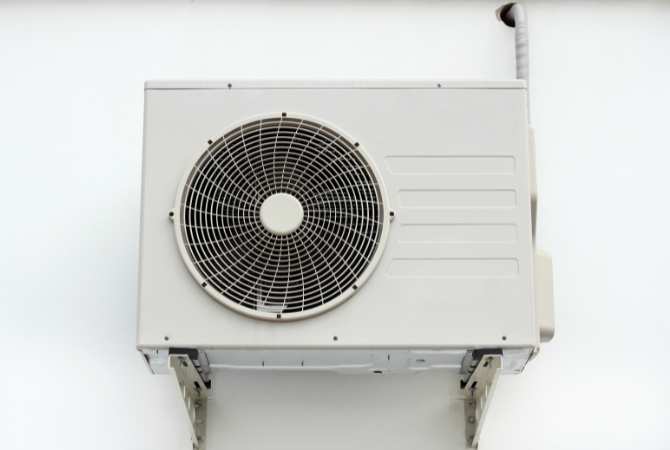
Léa Plourde-Archer • 07 Nov 2023
A heat pump is an important purchase for your home and it often helps solve temperature variation issues indoors. Daikin offers options and features that suit all needs and budgets. We will explore this subject in the following paragraphs.